-1130x400h.jpg)
The restaurant is far from the hustle and bustle of downtown Ho Chi Minh, and Ippudo is the first branch of the famous Japanese ramen restaurant. The site is adjacent to a public swimming pool, and a transformation project led by Takashi Niwa Architects transformed an existing 8-meter-high two-story steel structure into a semi-outdoor restaurant. Greenery and wooden screens are used as compartments to provide diners with privacy and a better visual experience in a multi-layered and memorable space.
The Ippudo restaurant in Vietnam is located in an emerging residential area. The rapid development of the city has led to a lack of consideration of the surrounding environment. Takashi Niwa Architects intends to create a design that connects the community, a social environment where activities and interactions can take place. Since the restaurant is located in a tropical climate, the emphasis is on using the energy of the plants by using a large amount of green plants. The design team created a multi-level landscape by overlapping multiple green screens. The space between these shield elements becomes a dining area, making the spacious semi-outdoor space humane.
Guests enter the restaurant and are greeted by a swimming pool and undulating plantations made of bare recycled bricks. The floor of the restaurant gradually extends down to the pool, making it part of the design considerations, while being gently shaped by overlapping greenery. The curved counter facing the main kitchen extends outward to form a higher platform, which serves as the second floor entrance. The non-linear natural landscape further enhances the spatial depth of the dining area while providing guests with privacy.
The design of locally made wooden screens is a hallmark of this space, a natural material designed to express and cater to Vietnamese craftsmanship. At night, the screen creates a rhythmic look that complements the green landscape of the day. The screen features a curtain-like function that provides privacy when seated, and the frame gradually rotates at the height of the line of sight to look outward. These layers of green shades create a multidimensional landscape during the day and night.
.jpg)
.jpg)
.jpg)
.jpg)
.jpg)
.jpg)

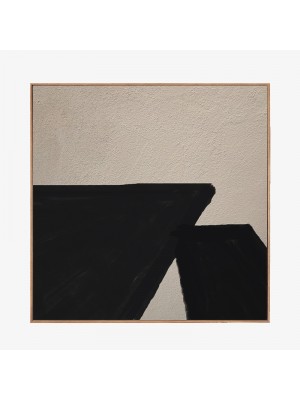
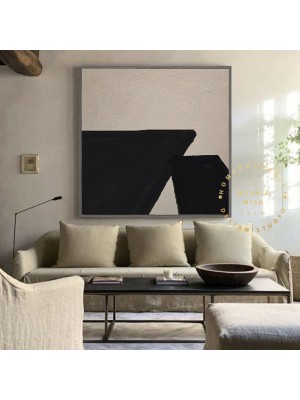
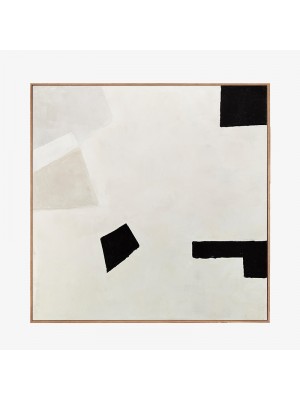
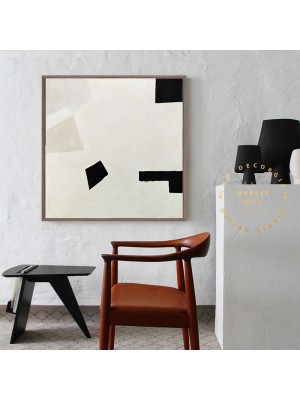
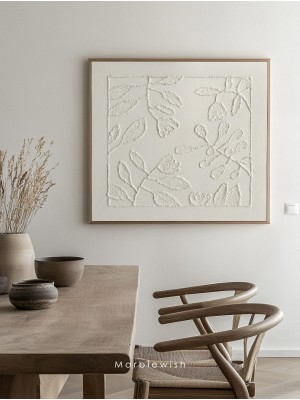
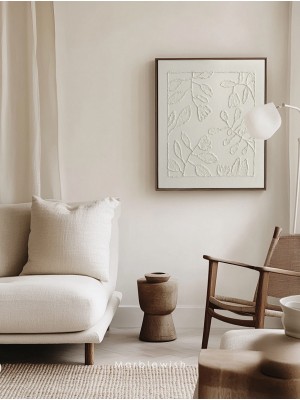
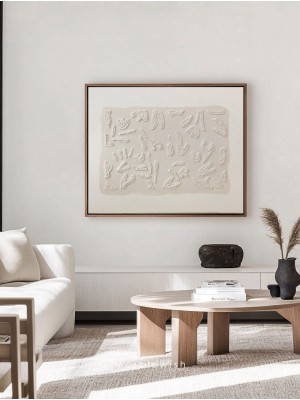
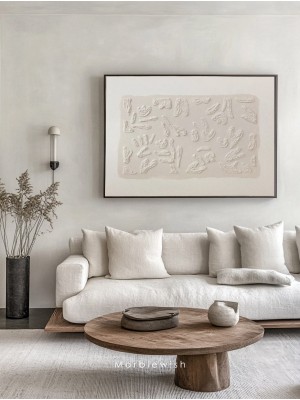
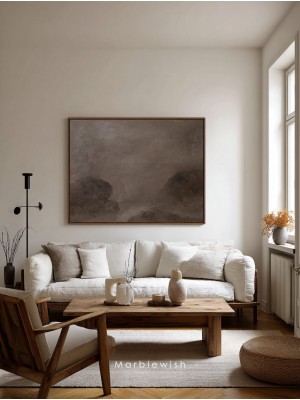
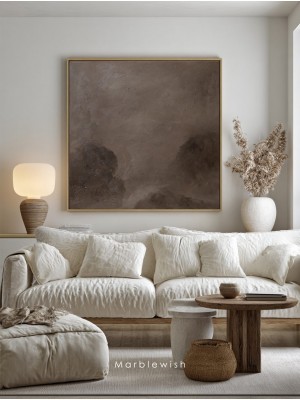
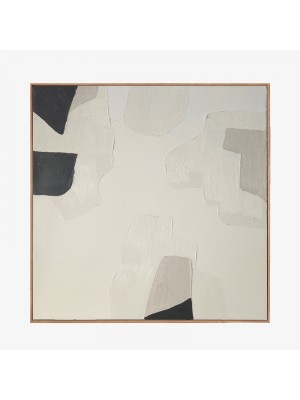
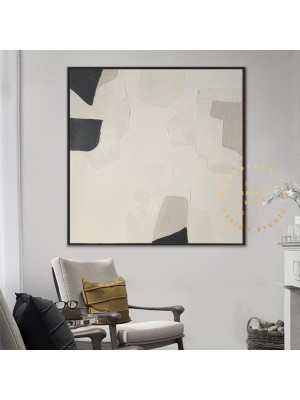
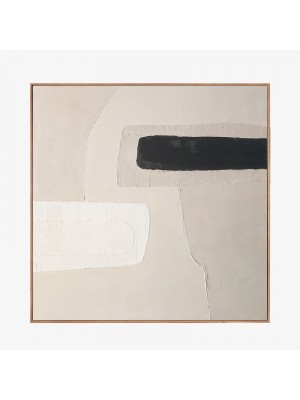
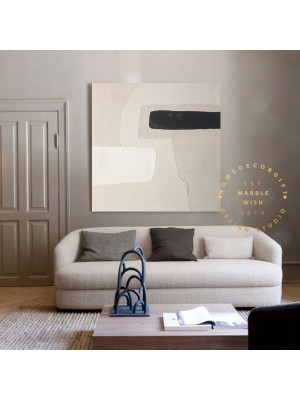
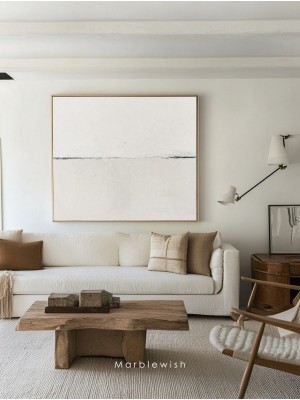
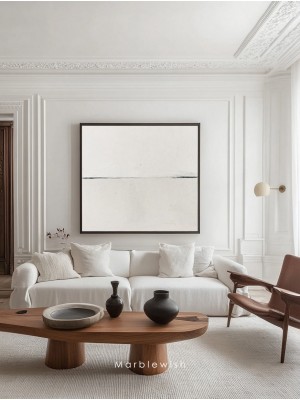
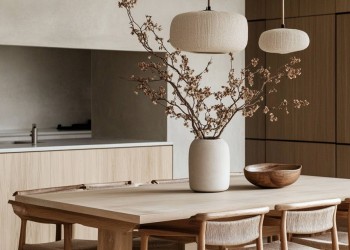
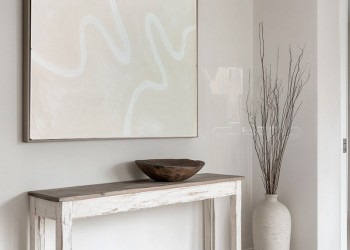
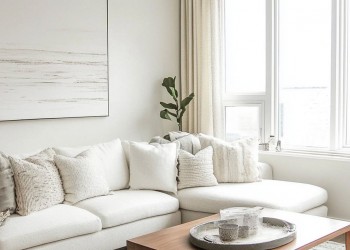

Leave a Comment